- Home›
- Healthy Living›
- Unveiling 11 Lesser-Known Health Advantages Of Rhubarb + Origins Of Its Tart Flavor
Unveiling 11 Lesser-Known Health Advantages Of Rhubarb + Origins Of Its Tart Flavor
By: Priyanka Maheshwari Thu, 28 Sept 2023 12:07:24
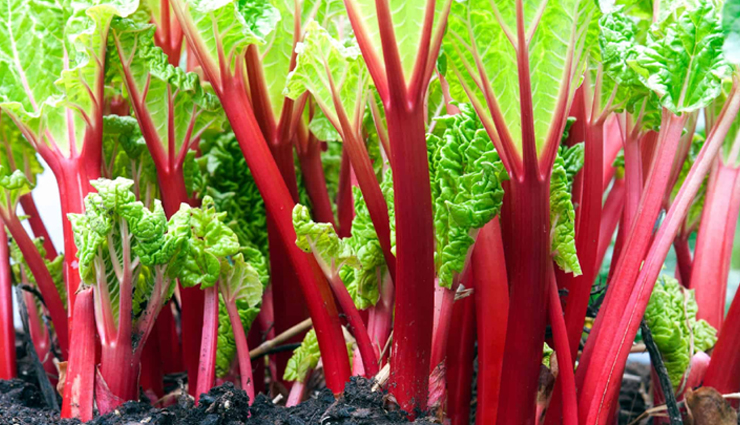
The recognition of rhubarb's advantages is gradually on the rise. In traditional Chinese medicine, it has a longstanding history of application in addressing stomach-related issues. In North America and Europe, it is valued for its potential to enhance cognitive well-being and fortify bones. Despite the ongoing discussion over whether rhubarb qualifies as a vegetable or fruit, its advantageous properties are widely acknowledged. To delve deeper into the health benefits of rhubarb, read on.
What Is Rhubarb? How Is It Good For You?
Rhubarb is a unique and versatile plant known for its edible stalks, which are used in cooking and baking. While it is often treated as a fruit in culinary applications, rhubarb is botanically a vegetable. It is a member of the Polygonaceae family and is scientifically known as Rheum rhabarbarum.
Rhubarb is characterized by its thick, celery-like stalks that can range in color from deep red to light pink or green, depending on the variety. The stalks are the only edible part of the plant, as the leaves contain toxic compounds, such as oxalic acid, and should never be consumed.
The flavor of rhubarb is tart and slightly tangy, which makes it a popular ingredient in a variety of sweet dishes, including pies, crisps, jams, and desserts. It is often combined with sugar to balance its tartness and create delicious desserts.
Rhubarb is a seasonal plant, primarily available during the spring and early summer months. It is known for its use in traditional dishes like rhubarb pie and crumble, but it has also found its way into contemporary cuisine in sauces, compotes, and even cocktails.
In addition to its culinary uses, rhubarb has been used in traditional medicine, particularly in Chinese medicine, for its potential health benefits. It is often claimed to aid in digestion and alleviate stomach-related issues.
One serving of rhubarb meets 45% of your daily vitamin K needs – the nutrient supports bone health. The vitamin C in rhubarb wards off infections, and the vitamin A and lutein in the fruit (or veggie, whatever) boost vision health. There are other ways it can be quite good for you and your family. We will get there now.
Health Benefits Of Rhubarb

# Relieving Constipation
Rhubarb, recognized for its natural laxative properties, can effectively address constipation. Research indicates that rhubarb contains tannins, which contribute to its antidiarrheal effects. Additionally, it boasts sennosides, compounds known for their stimulative laxative properties. Furthermore, rhubarb's substantial dietary fiber content promotes and supports healthy digestion.

# Fortifying Bone Health
Previously, we highlighted rhubarb's vitamin K content, a key player in bone metabolism crucial for thwarting osteoporosis. Vitamin K also serves a pivotal role in bone formation, as affirmed by a study that underscores its potential in reducing fracture risk.
Moreover, rhubarb offers a commendable source of calcium, meeting 10% of the daily requirement in just one cup. Calcium, another indispensable mineral, further bolsters bone health.

# Enhancing Cognitive Well-Being
The presence of vitamin K in rhubarb extends its benefits to brain health, mitigating neuronal damage and potentially preventing conditions like Alzheimer's. According to a study, rhubarb exhibits promise in alleviating brain inflammation. This promising attribute positions it as a preventive measure against Alzheimer's disease, stroke, and amyotrophic lateral sclerosis (ALS).

# Supporting Weight Loss
Rhubarb's ability to lower bad cholesterol and its low-calorie nature make it a valuable addition to weight loss regimens. It contains catechins, similar to those found in green tea, renowned for their metabolism-boosting properties. Catechins stimulate the burning of body fat, facilitating weight loss.
Additionally, rhubarb is a notable source of dietary fiber, a crucial nutrient for weight management. Its gentle laxative qualities have also earned it a prominent place in certain weight loss formulations.
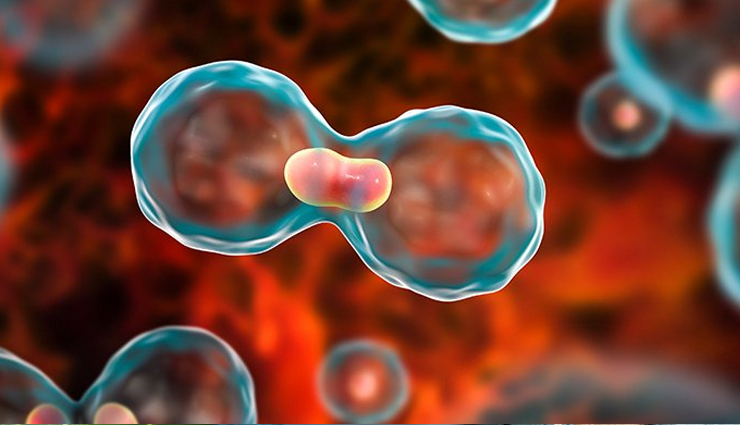
# Potential in Combating Cancer
In animal studies, physcion, a concentrated compound responsible for rhubarb's vibrant stem color, has demonstrated the capacity to eliminate 50% of cancer cells within just 48 hours. However, further research is necessary before definitive conclusions can be drawn.
Notably, the anti-cancer properties of rhubarb are notably heightened through baking; a mere 20 minutes of baking has shown a significant increase in its anti-cancer potential.

# Potential Support for Diabetes Management
Emerging research suggests that compounds present in rhubarb stems can positively influence blood sugar levels and even contribute to cholesterol reduction. A key active compound, known as rhaponticin, exhibits potential benefits for diabetes management. However, more extensive research is needed to fully comprehend its effects.
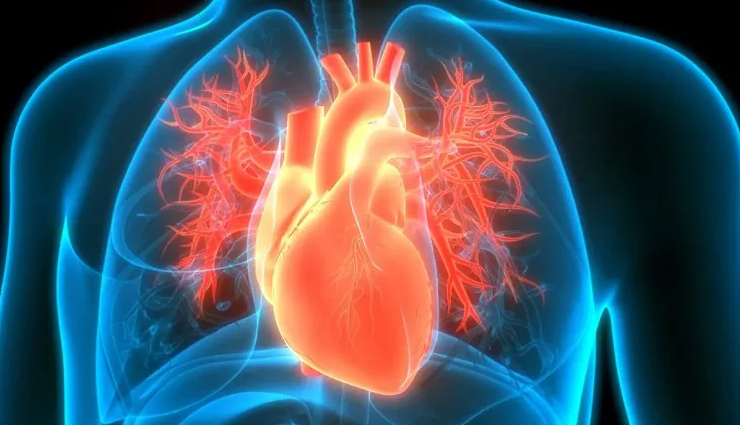
# Cardiovascular Health Benefits
Thanks to its rich fiber content, rhubarb has demonstrated the potential to reduce cholesterol levels effectively. Consumption of rhubarb stalk fiber has been associated with a notable 9% reduction in bad cholesterol levels.
Furthermore, research highlights the presence of active compounds in rhubarb that shield arteries from damage, thereby reducing the risk of heart disease. Some sources even suggest that rhubarb may have a positive impact on lowering blood pressure.
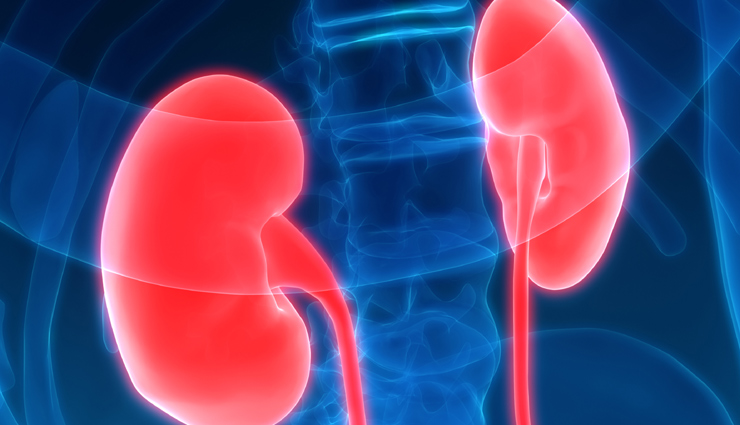
# Kidney Function Enhancement
Scientific findings indicate that rhubarb supplementation can enhance therapeutic outcomes in the treatment of stage 3 and stage 4 chronic kidney disease. However, it's important to exercise caution as rhubarb contains oxalic acid, which can contribute to or exacerbate kidney stone formation. It is advisable to consult with a healthcare professional before incorporating it into your diet.

# Alleviating PMS Symptoms
Research reveals that rhubarb holds promise in alleviating symptoms such as hot flashes, particularly during perimenopause. Additionally, rhubarb contains phytoestrogens, and some studies suggest that foods rich in these compounds may offer relief from menopausal symptoms.

Slows Down Skin Aging
Rhubarb serves as a veritable reservoir of vitamin A. Its natural antioxidants play a pivotal role in counteracting the detrimental effects of free radicals, thereby retarding the visible signs of aging, such as wrinkles and fine lines. By thwarting cell damage caused by free radicals, rhubarb helps maintain youthful and radiant skin.
Rhubarb boasts natural antibacterial and antifungal properties, which fortify the skin's defenses against various infections. Alternative medicine practitioners have extolled the virtues of raw rhubarb as a paste for topical application to combat skin infections. To harness its benefits, create a paste from rhubarb stems, apply it to your face, leave it on for 15 minutes, and rinse it off with cold water. This routine can be repeated daily for optimal results.
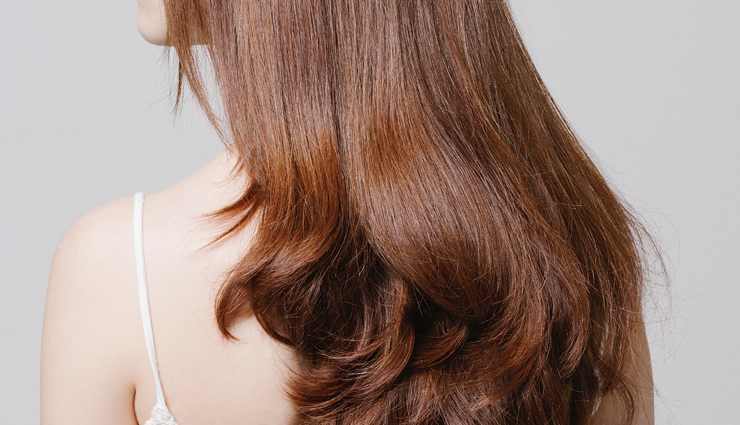
Rhubarb as a Natural Hair Color Enhancer
The roots of rhubarb are rich in oxalic acid, a substance renowned for imparting a light brown or blonde hue to the hair. Notably, the presence of oxalic acid ensures that the hair color endures without causing harm to the scalp.
To utilize this natural hair coloring agent, combine approximately three tablespoons of powdered rhubarb roots with two cups of water. Simmer this mixture for 15 minutes, then allow it to rest overnight. In the morning, strain the liquid and use it to rinse your hair, achieving a delightful and lasting hair color.
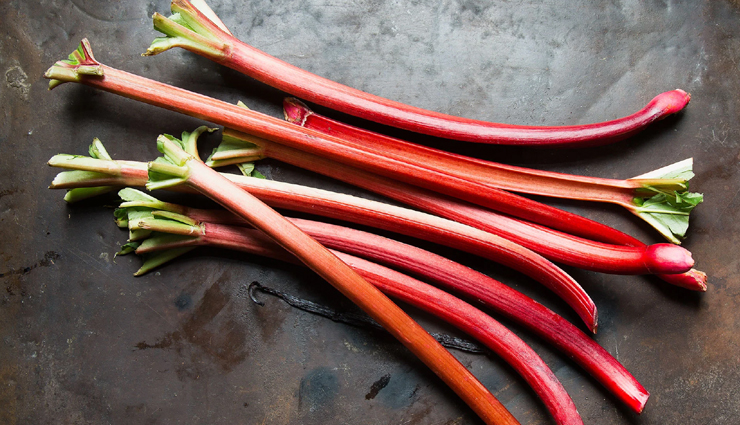
What Causes Rhubarb's Intense Sourness?
Rhubarb isn't just sour; it can be described as intensely sour, making it one of the most sour-tasting vegetables known. This intense sourness can be attributed to its high concentrations of malic acid and oxalic acid. Malic acid, a compound commonly present in many fruits and vegetables, is responsible for the sour taste found in a wide array of foods.
Interestingly, an intriguing fact about rhubarb is that cultivating it in the absence of light has been observed to reduce its level of sourness.
Is Rhubarb Potentially Toxic?
While it's true that rhubarb has gained a reputation for potential toxicity, it's crucial to clarify that this toxicity primarily resides in the leaves, not the stalks that are commonly consumed. Rhubarb leaves contain a significantly higher concentration of oxalic acid compared to the stalks, rendering them toxic. Additionally, anthraquinone glycosides, another group of compounds found in rhubarb leaves, can contribute to their toxicity.
Symptoms of rhubarb leaf toxicity include a burning sensation in the mouth and throat, eye discomfort, breathing difficulties, diarrhea, weakness, and in severe cases, vomiting. While death from rhubarb leaf consumption is exceptionally rare, it is theoretically possible but would require ingesting an excessive quantity of leaves.
To safely enjoy rhubarb, focus solely on the stalks. They can be consumed raw, often with a dip in sugar or honey for added sweetness. Alternatively, you can juice them or prepare rhubarb tea by steeping the stalks in hot water for about 20 minutes before straining the liquid.
In terms of safe consumption, a general guideline suggests that 20 to 50 milligrams of rhubarb per 1 kilogram of body weight is within a safe range for nutritional purposes.
However, like many other foods, rhubarb is not without its potential side effects, which are important to be aware of.
Potential Adverse Effects of Rhubarb
Not Suitable for Young Children
While the oxalic acid content in rhubarb stalks is relatively low, it's important to exercise caution with young children under the age of four, as even small amounts can be potentially harmful.
Concerns During Pregnancy and Breastfeeding
Consuming rhubarb in quantities exceeding typical food levels can pose risks for pregnant and breastfeeding individuals and is best avoided.
Possible Exacerbation of Digestive Issues
Excessive consumption of rhubarb may worsen existing conditions of diarrhea or constipation, so moderation is advisable.
Risk of Kidney Stones
The presence of oxalic acid in rhubarb raises the possibility of exacerbating kidney stone formation, making it a concern for individuals susceptible to this condition.
Caution for Those with Liver Problems
Individuals with preexisting liver issues should be cautious when considering rhubarb consumption, as it may exacerbate these problems.
It's crucial to maintain a balanced approach to the consumption of rhubarb, ensuring that it is incorporated into your diet in moderation and in a manner that aligns with your specific health circumstances. If you have any concerns or existing health conditions, consult a healthcare professional for personalized guidance.





